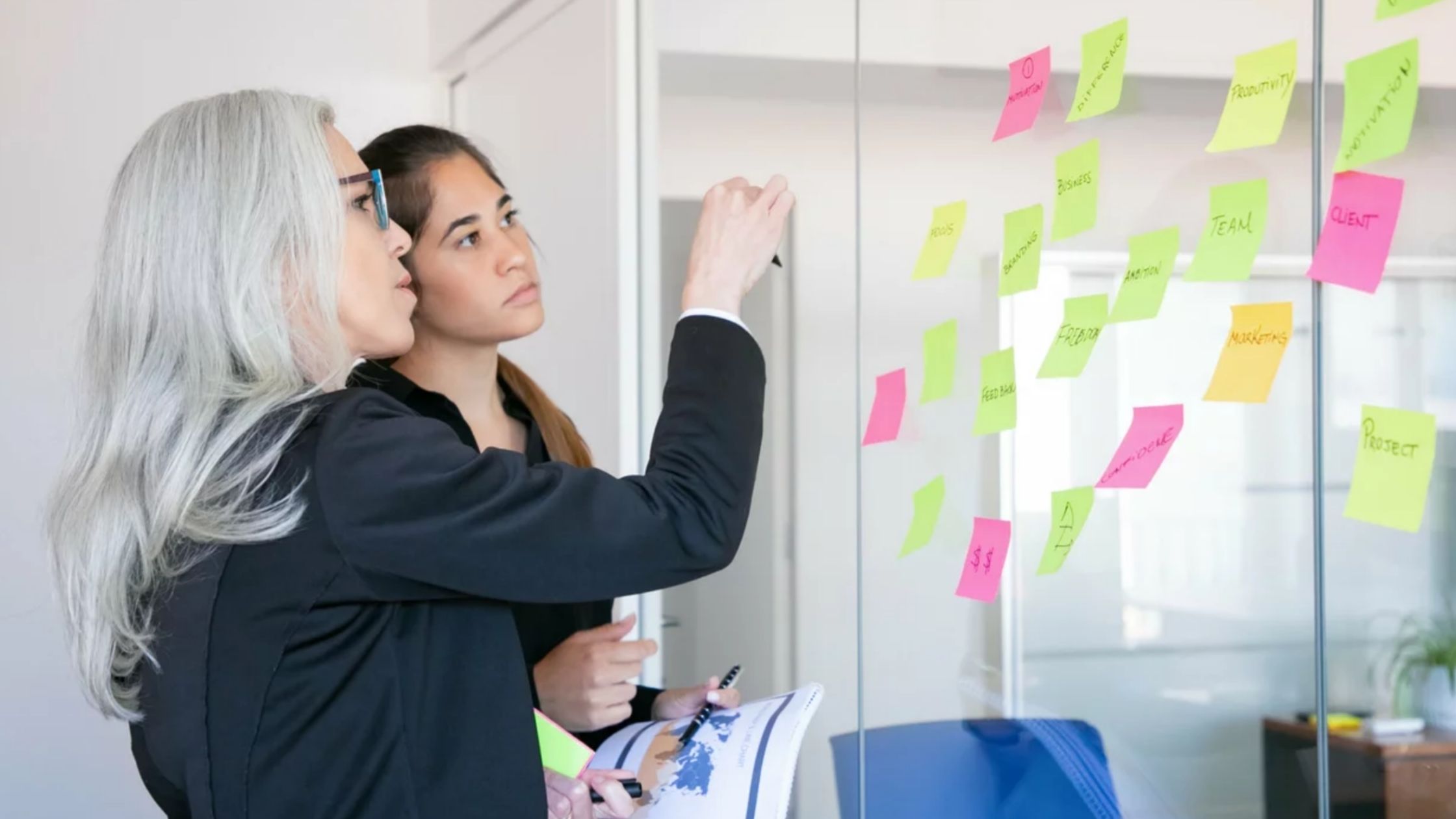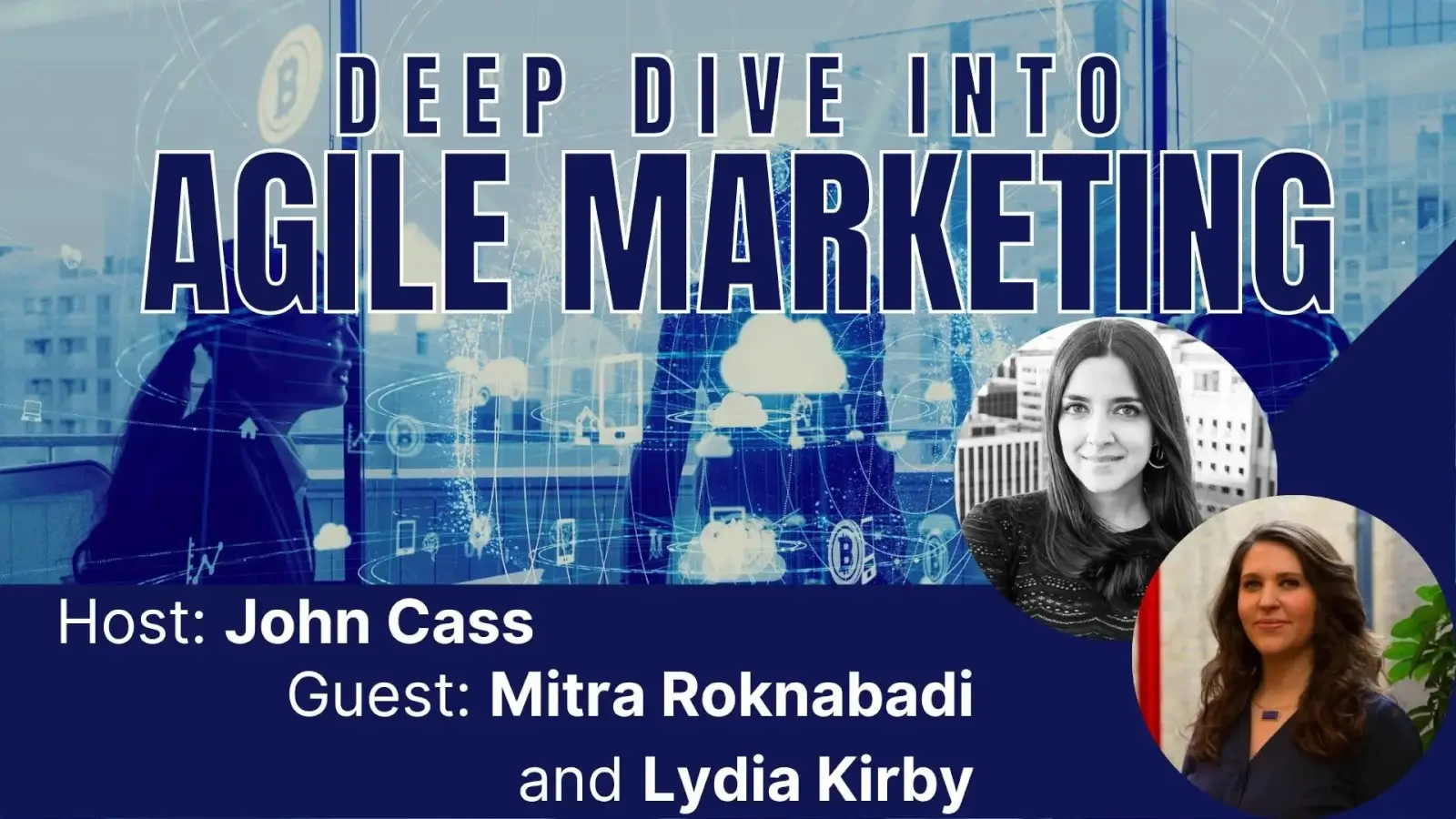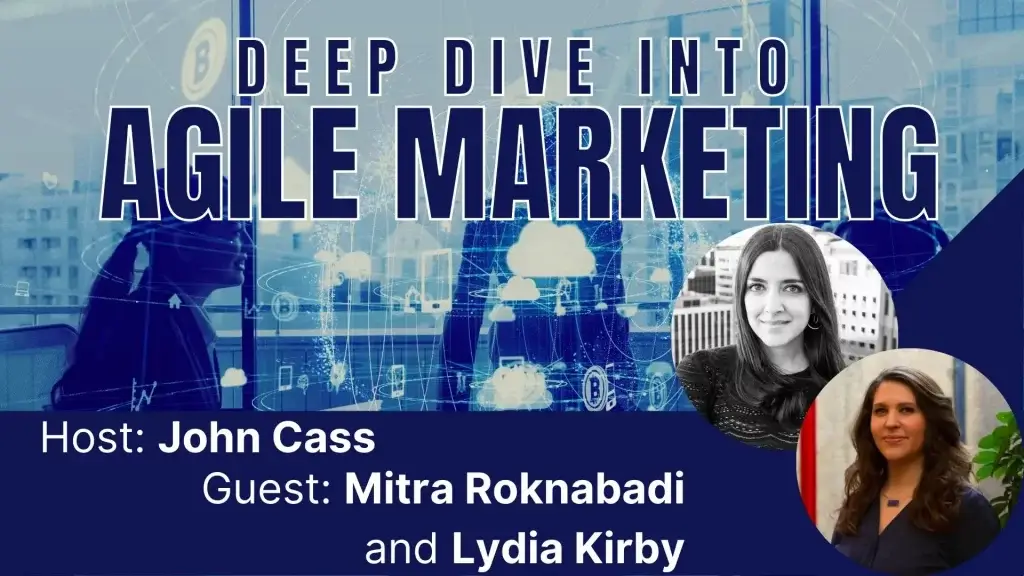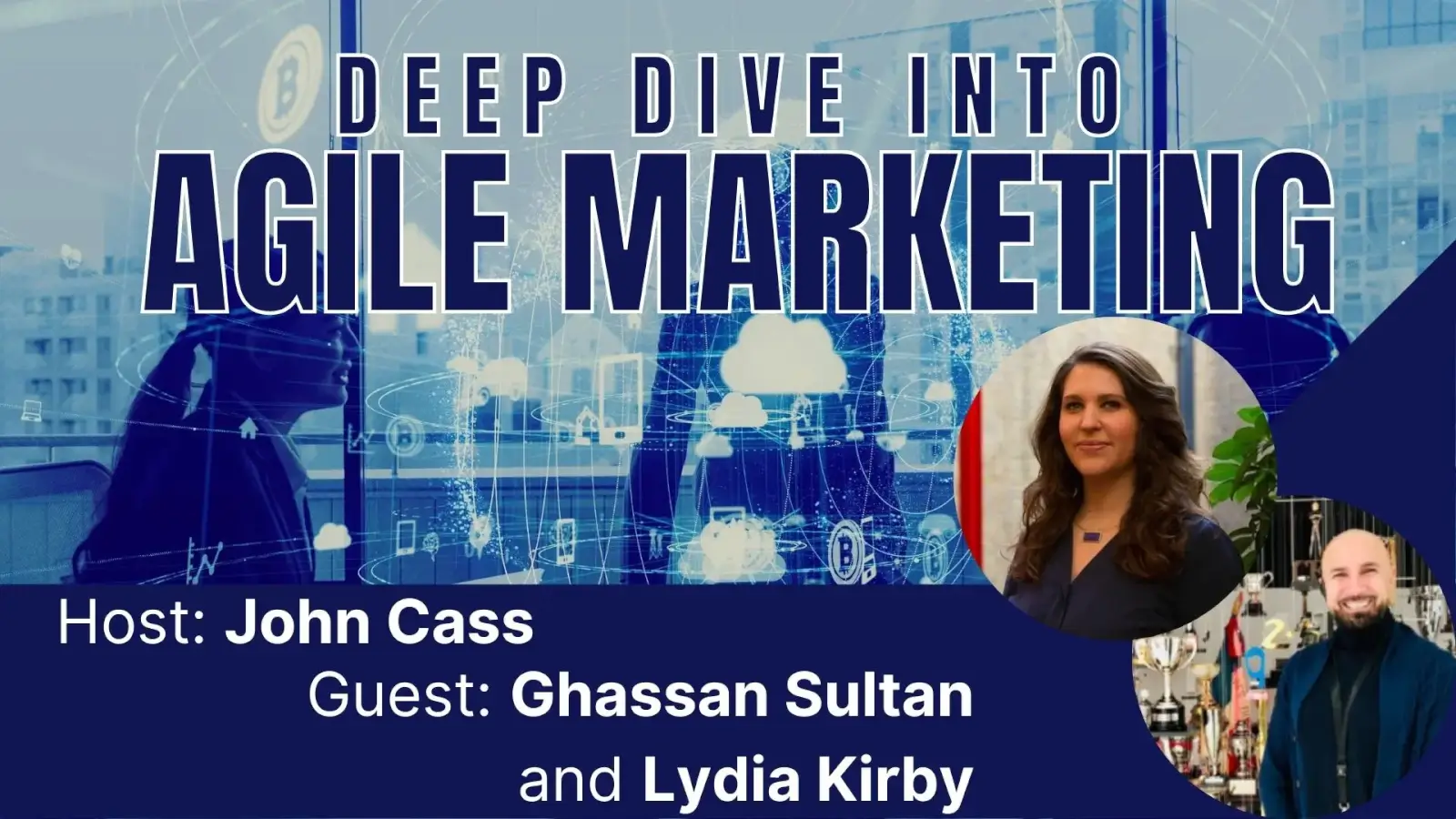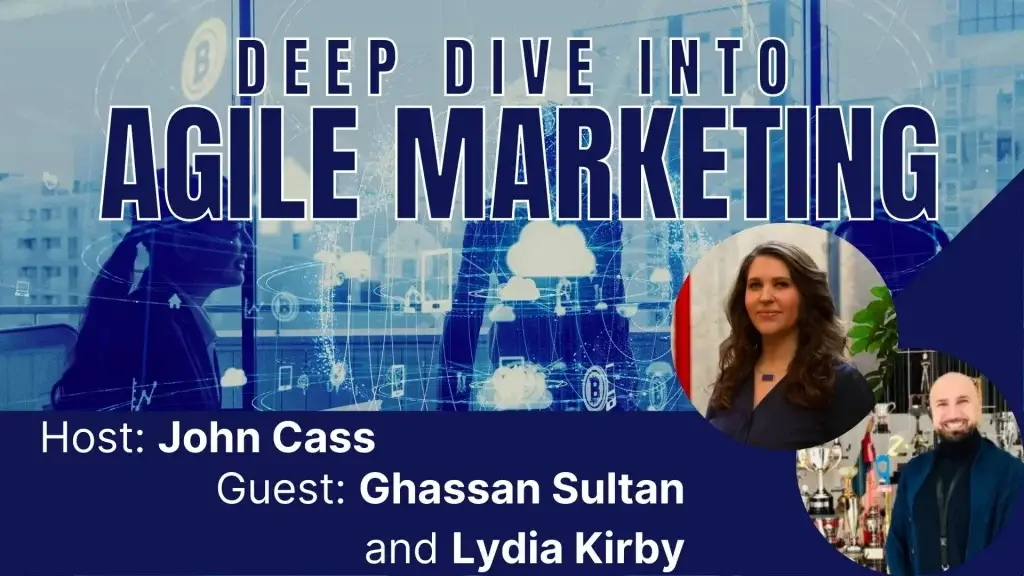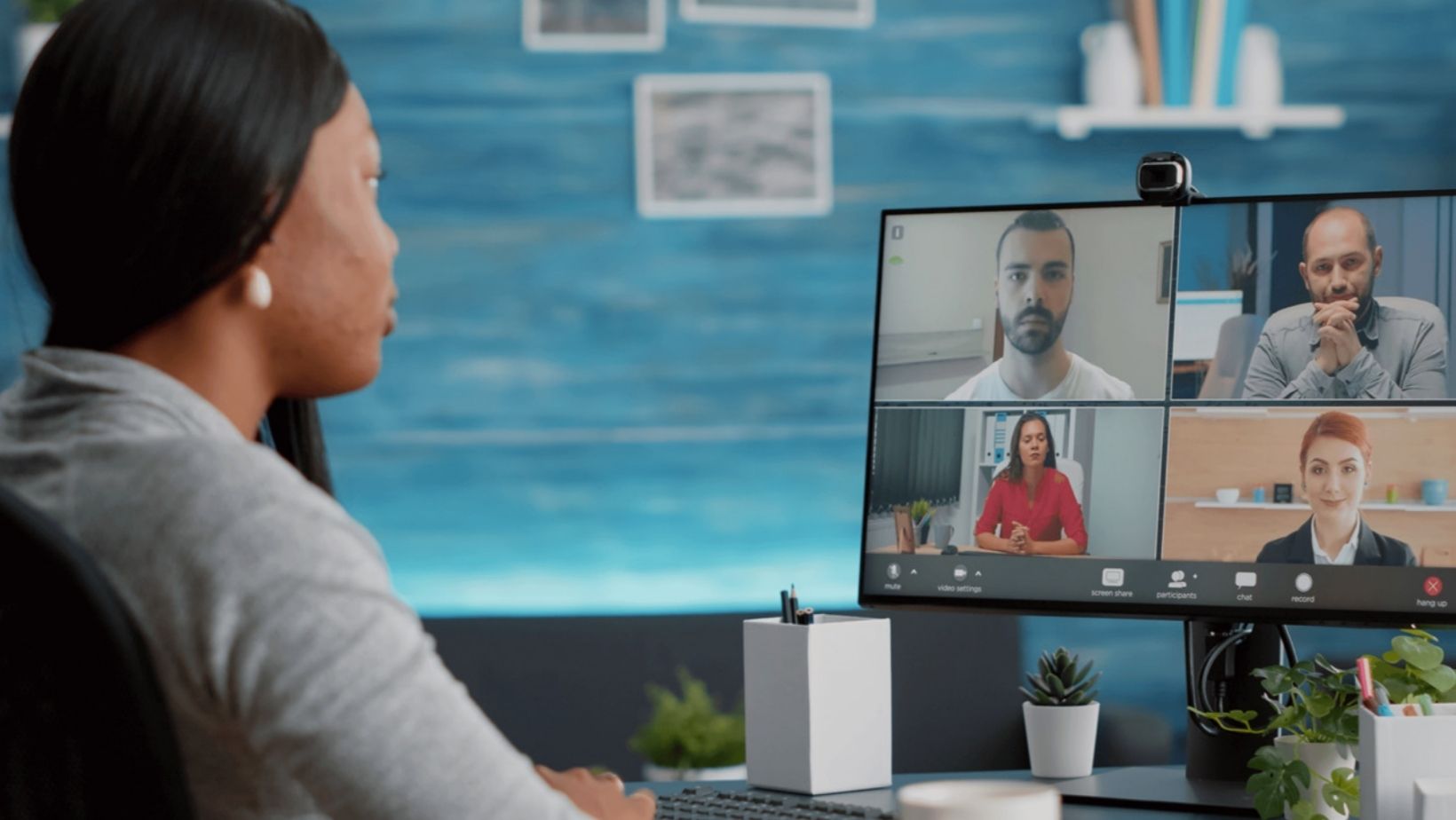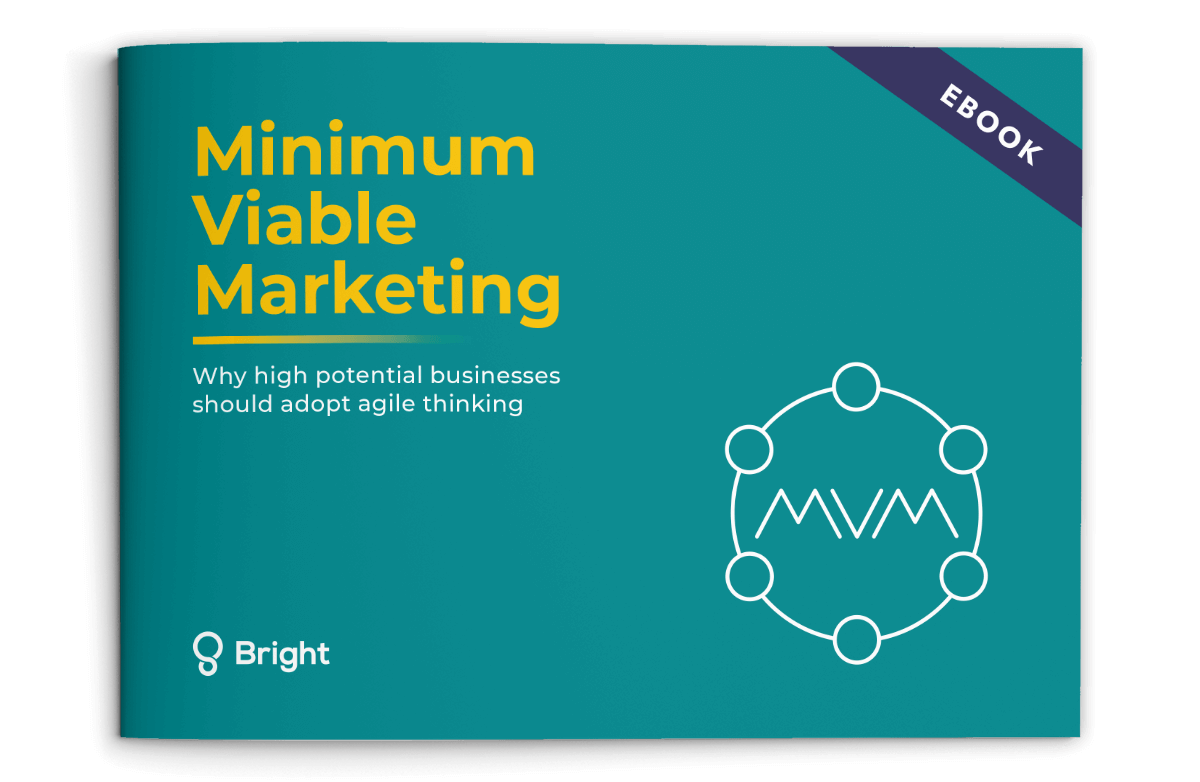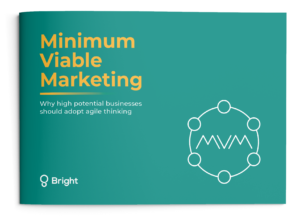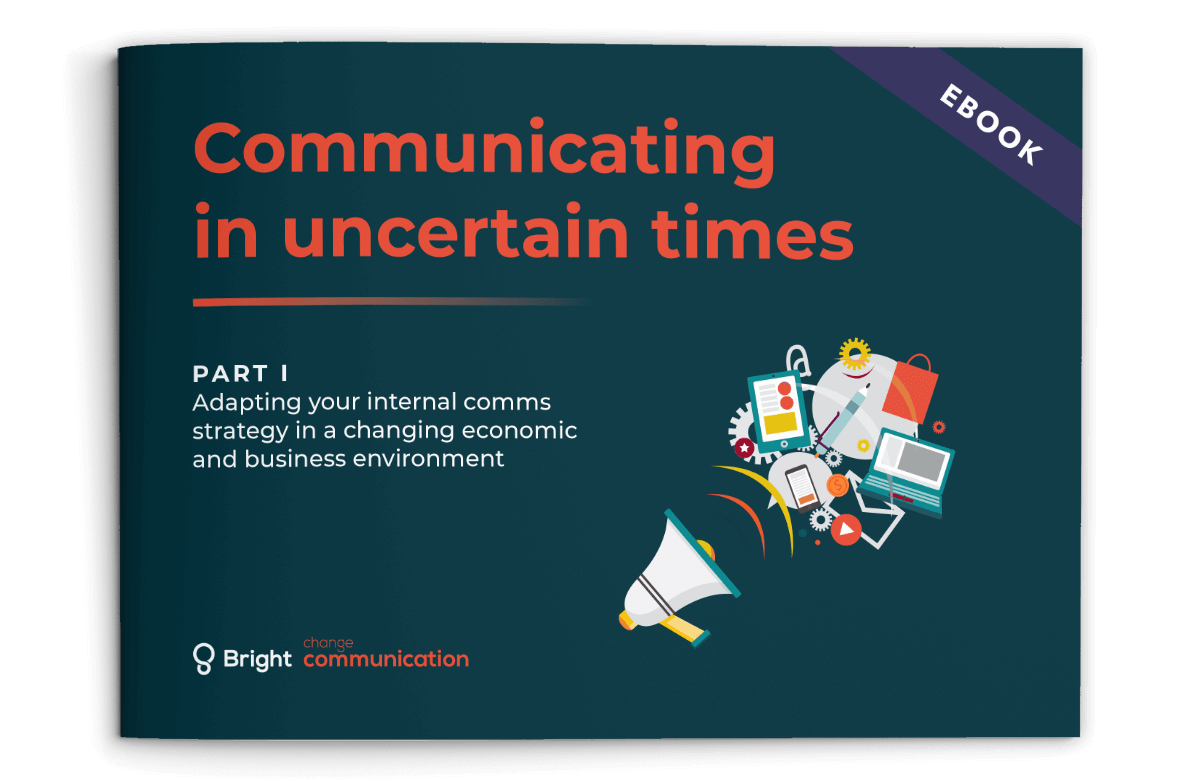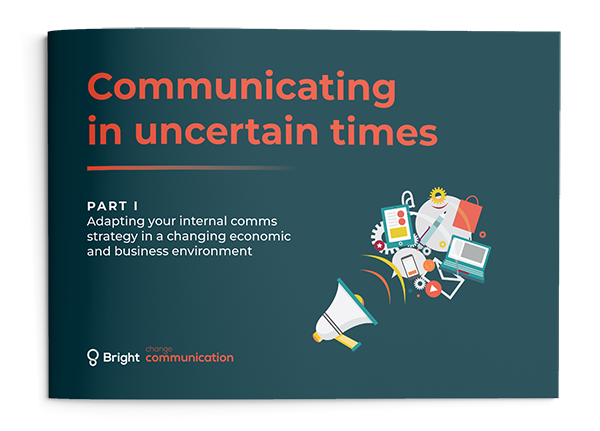Ever wondered how to explain your complex B2B marketing role to someone outside the industry? Simple explanations often hold the most power. Here at Bright, we champion agile marketing, where clarity, data and pace are paramount. So, how can we break down B2B marketing into a concept even an eight-year-old child could grasp?
Here’s our take: We connect businesses with the people who matter – those who can buy from them, join their team, or support their purpose.
The three pillars of high-impact B2B marketing…
or we might even call them the three gears of B2B marketing with their symbiotic relationship@
Building a thriving B2B organisation requires a solid marketing foundation. This foundation rests on three crucial pillars that work in perfect harmony:
Pillar 1: Demand Generation: The art of attracting the right audience
This is the cornerstone of traditional marketing – attracting potential customers with an interest and ultimately need for your products or services. However, it’s about more than just lead generation. Effective demand generation involves nurturing a long-term pipeline of qualified prospects.
Funnel marketing is a traditional marketing approach that visualises the customer journey as a funnel, with a broad audience at the top and a smaller set of qualified leads at the bottom. The goal of funnel marketing is to move as many prospects as possible through the funnel stages until they become customers.
However, flywheel marketing is a more recent concept that emphasises the importance of customer retention and satisfaction. The flywheel model depicts the customer journey as a continuous cycle, with happy customers referring new business and propelling the flywheel forward. It is a more customer-centric approach.
When considering the entire customer lifecycle, another relatively recent concept which can help to maximise marketing effectiveness is RevOps or revenue operations. This is the practice of aligning the revenue generating teams around a common set of goals & KPI which can include sales, marketing, and customer service teams to improve the customer experience and drive revenue growth. RevOps teams take a collaborative approach using data and insights to align, identify and remove obstacles in the customer journey.
Agile marketing allows your marketing team to adapt and respond to change, which is constant – by leveraging a test and learn approach, you can adopt new tools & tech, collaborate better and course correct to maintain alignment to company goals. By using experimentation, you avoid placing big bets and investing budget inactivity that doesn’t work. Instead you can iteratively develop and scale campaigns and activity that builds on what drives results.
By constantly adapting your approach, you can maximise marketing effectiveness and ensure a steady flow of high-quality leads.
Pillar 2: Brand building & positioning: Shaping your reputation for success
Your brand is your reputation. It defines how people perceive your company, products, and core values. Effective brand building establishes a strong market position, fostering trust and loyalty. While measuring the direct impact of brand marketing can be challenging in B2B, it’s an essential investment that fuels long-term success. In B2B you can use long term metrics such as customer lifetime value (CLV) or Lifetime Value (LTV) to demonstrate brand value & contribution. Firms targeting high value, long customer relationships need a strong and credible brand in order to maintain that value and extend the lifecycle of customers.
A key focus for every brand is having a thorough understanding of your brand value proposition. Developing a clear position that describes what is valuable about your brand, products and/or services to your audience and why they should choose you over your competition. This is something Bright have a lot of experience in, working with tech companies, engineering and professional services firms to help build the foundation of their brand narrative, value proposition and portfolio strategy in the market. It forms an umbrella for all your brand communications, as well as supporting and enhancing your demand and talent marketing generation activities.
Pillar 3: Talent acquisition & retention: Finding and keeping the best people
In today’s highly competitive job market, attracting and retaining top talent is a top priority. Marketing plays a vital role in your employer & employee value proposition (EVP) showcasing your company culture and attracting skilled individuals who resonate with your values. Remember, this pillar works hand-in-hand with your overall brand and demand generation – a strong employer brand attracts not only customers but also talented individuals.
Internal communication also plays an important part of retaining your employees, especially when undergoing any significant change such as implementing a new technology, striving for rapid growth, pursuing a new strategic direction or undertaking a business restructure. With 70% of change initiatives failing and reasons for employee resistance to change including mistrust in the organisation (41%) , followed by lack of awareness around the reason for change (39%) and fear of the unknown (38%)*, the value of a change communications strategy cannot be underestimated if you want to retain your most valued staff.
Taking an agile approach to talent marketing and internal comms is critical to meet the changing needs of the organisation as well as adapt to the talent market. Establishing the right ways of working and enabling opportunities to challenge how you’ve always done things, allows room to improve the effectiveness of your talent marketing and take your outcomes to the next level.
Why all three pillars of marketing matter
These three pillars are intricately linked and symbiotic. Focusing solely on demand generation might bring in new business in the short term, but neglecting brand building can hinder your long-term ability to drive sales. And, without a robust employer brand and agile internal comms, attracting and retaining talent becomes difficult affecting customer experience and potentially damaging your customer loyalty.
The Bright mantra: Demand, Brand, Talent, Growth
At Bright, we believe that all three pillars must work in unison for a marketing strategy to be truly effective. By prioritising each element and ensuring they seamlessly align, you’ll be well on your way to achieving sustainable growth.
Ready to unlock marketing effectiveness for your B2B organisation through agile strategies? Let Bright be your guide! Contact us today!


